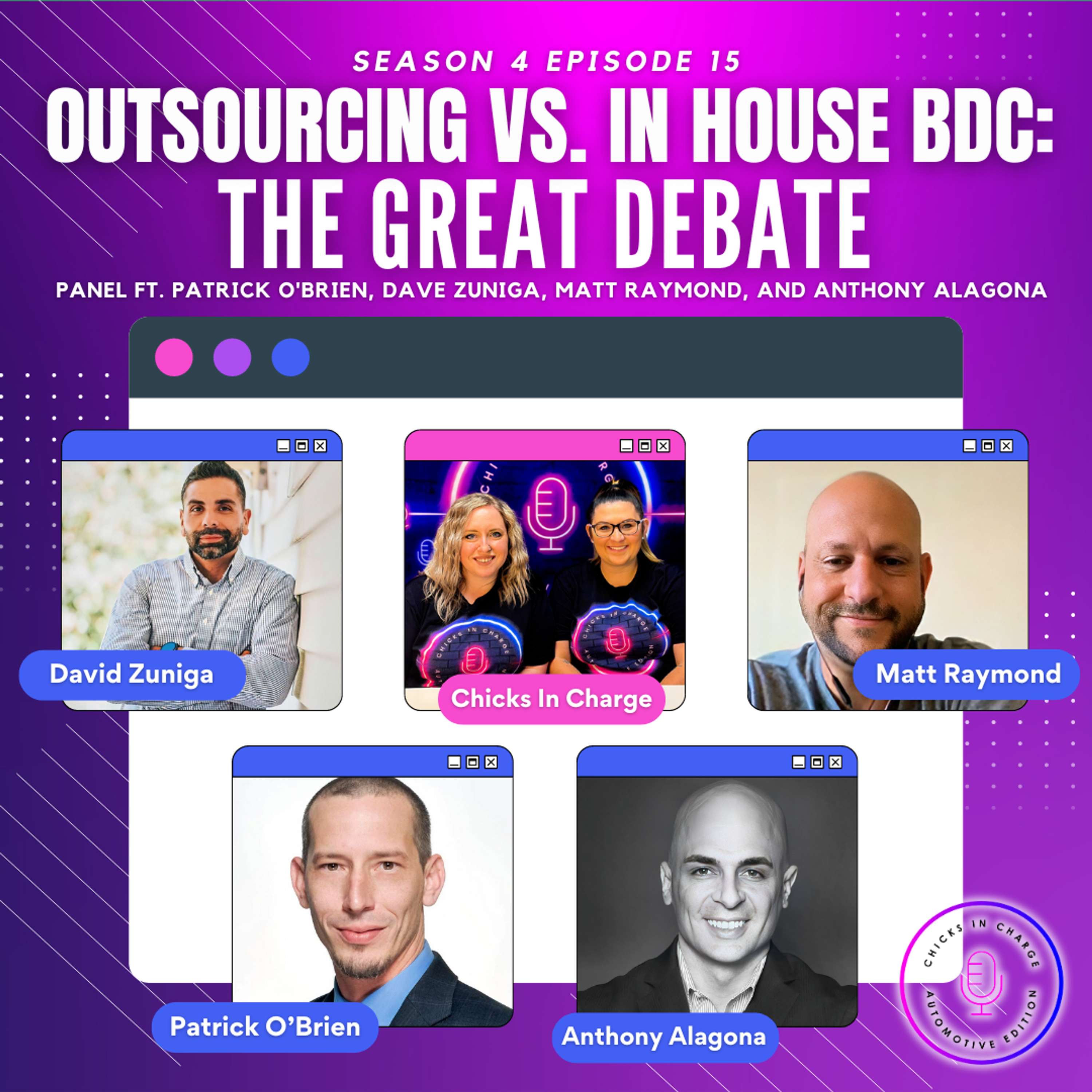This post delves into the critical decision facing many businesses: whether to outsource their Business Development Center (BDC) operations or maintain an in-house team. We'll explore the advantages and disadvantages of each approach, analyzing factors like cost, control, scalability, and long-term vision. This blog post complements our latest podcast episode, which dives deep into this very debate. Be sure to listen to Outsourcing vs. In House BDC: The Great Debate for further insights and perspectives from industry experts.
Understanding Your Business Needs: A Crucial First Step
Before even considering outsourcing versus in-house, a thorough understanding of your specific business needs is paramount. What are your sales goals? What is your current sales volume? What is your budget? Do you have the internal resources to manage a BDC effectively? Answering these questions will significantly impact your decision. For example, a rapidly growing startup might prioritize scalability and opt for outsourcing, while an established company with a strong internal sales culture might favor an in-house team. Analyzing your sales pipeline, identifying bottlenecks, and understanding your customer base are all critical components of this initial assessment.
Consider your existing infrastructure. Do you have the technology, CRM systems, and management expertise to support an in-house BDC? If not, the overhead costs and time investment to build this infrastructure could outweigh the benefits. Outsourcing can offer a more immediate solution, providing access to pre-existing technology and experienced personnel.
In-House BDC: Control and Culture
An in-house BDC offers a significant advantage: control. You have direct oversight of your team, their training, and their performance. This allows for a tighter integration with your overall sales strategy and company culture. You can cultivate a strong team identity and foster a sense of loyalty and commitment. Moreover, in-house teams often demonstrate a deeper understanding of the company's products and services, leading to more effective communication with potential clients.
However, building and maintaining an in-house BDC requires a substantial investment. This includes recruiting, training, salaries, benefits, office space, technology, and ongoing management. There's also the risk of high employee turnover, which can disrupt operations and necessitate constant retraining. The lack of flexibility in scaling operations up or down depending on seasonal demands or market fluctuations presents another significant challenge. It’s also crucial to acknowledge that building a highly skilled and effective team takes time and effort, and the initial productivity might be lower than desired.
The Allure of Outsourcing: Flexibility and Scalability
Outsourcing offers immediate scalability. You can quickly ramp up or down your BDC operations based on demand, avoiding the costs and complications associated with hiring and firing employees. This flexibility is especially beneficial for businesses experiencing periods of rapid growth or seasonal fluctuations. Furthermore, outsourcing typically involves access to a pool of experienced professionals with established best practices, potentially accelerating your sales process and improving conversion rates.
The cost structure of outsourcing can appear attractive initially, as you avoid the overhead of salaries, benefits, and office space. However, it’s crucial to carefully analyze the contract terms, including per-call pricing or performance-based fees. The hidden costs, such as management fees, technology integration, and potential communication challenges, should be factored into the overall assessment. While outsourcing offers flexibility, it can also lead to a potential lack of control over daily operations and a reduced sense of direct influence on the team's performance and cultural alignment.
Cost Analysis: Weighing the Investment
A comprehensive cost analysis is essential to make an informed decision. For an in-house BDC, you'll need to calculate the costs of salaries, benefits, training, technology, office space, and management. Consider the potential costs of employee turnover and the time investment required for training and development. For outsourcing, consider the per-call or performance-based fees, management fees, and any additional charges for technology integration or reporting. Don't forget to factor in the potential costs associated with managing the relationship with your outsourcing partner and potential communication difficulties.
Develop a detailed budget for both scenarios, projecting costs over a specific timeframe (e.g., one year, three years, five years). This will give you a clearer picture of the long-term financial implications of each approach. It’s essential to conduct a thorough return on investment (ROI) analysis, comparing the projected revenue generated by each option against the associated costs. This will help to determine which approach offers the best financial value proposition for your business.
Control vs. Autonomy: Examining Long-Term Vision
The trade-off between control and autonomy is a central theme in this decision. An in-house BDC gives you complete control, but it demands significant managerial oversight and investment. Outsourcing relinquishes some control, but it offers greater flexibility and scalability. Consider your long-term strategic goals. Do you prioritize tight control over every aspect of your sales process, or are you more willing to sacrifice some autonomy in exchange for greater agility and scalability? The answer to this question will significantly influence your decision. Think about the potential impact on your company culture and your ability to adapt to changing market conditions.
Case Studies: Real-World Examples of Success and Failure
Learning from the experiences of other businesses can be invaluable. Research case studies of companies that have successfully outsourced their BDCs and those that have opted for in-house teams. Analyze the factors that contributed to their success or failure. Consider the size and industry of the companies, their sales strategies, and the challenges they faced. This research can provide valuable insights and help you identify potential pitfalls to avoid. Look for examples of companies that have experienced both approaches and learn from their comparative analyses. This will allow you to see the real-world implications of each approach in various business contexts.
Making the Right Choice: Factors to Consider
The optimal choice between outsourcing and in-house depends on several factors: your business size, growth trajectory, budget, sales goals, internal resources, and long-term vision. Consider the trade-offs between control and flexibility, cost and scalability, and the potential impact on your company culture. Don't rush the decision; take the time to carefully analyze your needs and weigh the pros and cons of each approach. Seek input from your sales team, management, and financial advisors to gain a holistic perspective. A well-informed decision will significantly impact your business's success.
Conclusion: Finding the Perfect BDC Solution for Your Business
Choosing between outsourcing and an in-house BDC is a strategic decision with long-term implications. There’s no one-size-fits-all answer; the optimal solution depends entirely on your unique business needs and circumstances. This blog post has analyzed the key factors to consider, including cost, control, scalability, and long-term vision. By carefully weighing the pros and cons of each approach and conducting a thorough cost-benefit analysis, you can make an informed decision that aligns with your business goals. Remember to listen to our podcast episode, Outsourcing vs. In House BDC: The Great Debate, for further discussion and expert perspectives on this crucial business decision. Remember that continuous monitoring and evaluation are crucial, no matter which approach you choose. Regularly reassess your BDC strategy to ensure it remains aligned with your evolving business needs and market conditions.





